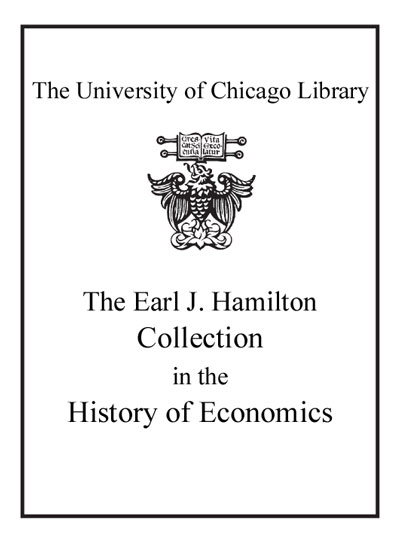Review by Choice Review
This study of Utah coal mining by Wright, an environmental and labor historian, focuses primarily on labor activism in central Utah during roughly 50 years in the 20th century. However, it ranges far beyond that, examining the wider national coal industry and its workers during this period of dramatic change and decline. Readers learn how miners in this region interacted with broader technological, business, societal, and environmental forces and, above all, with the United Mine Workers of America (UMWA). The book begins at mid-century when John L. Lewis was president of the UMWA. Coal industry decline and systemic corruption of union leadership fed an already active reform movement centered in mining towns in Utah and the West. Reform miners encountered corporate efforts to reduce costs and maintain profits by using new technology and non-union miners. The book is especially useful in detailing the role of gender, ethnic, racial, and general social changes in this region. While not meant as a general history of labor in the coal mines, Wright's work presents this case study in a way that informs not only regional history but also the larger field of 20th-century US history of labor and industry. Summing Up: Recommended. Upper-division undergraduates through faculty; professionals. --Charles K. Piehl, emeritus, Minnesota State University, Mankato
Copyright American Library Association, used with permission.
Review by Choice Review

